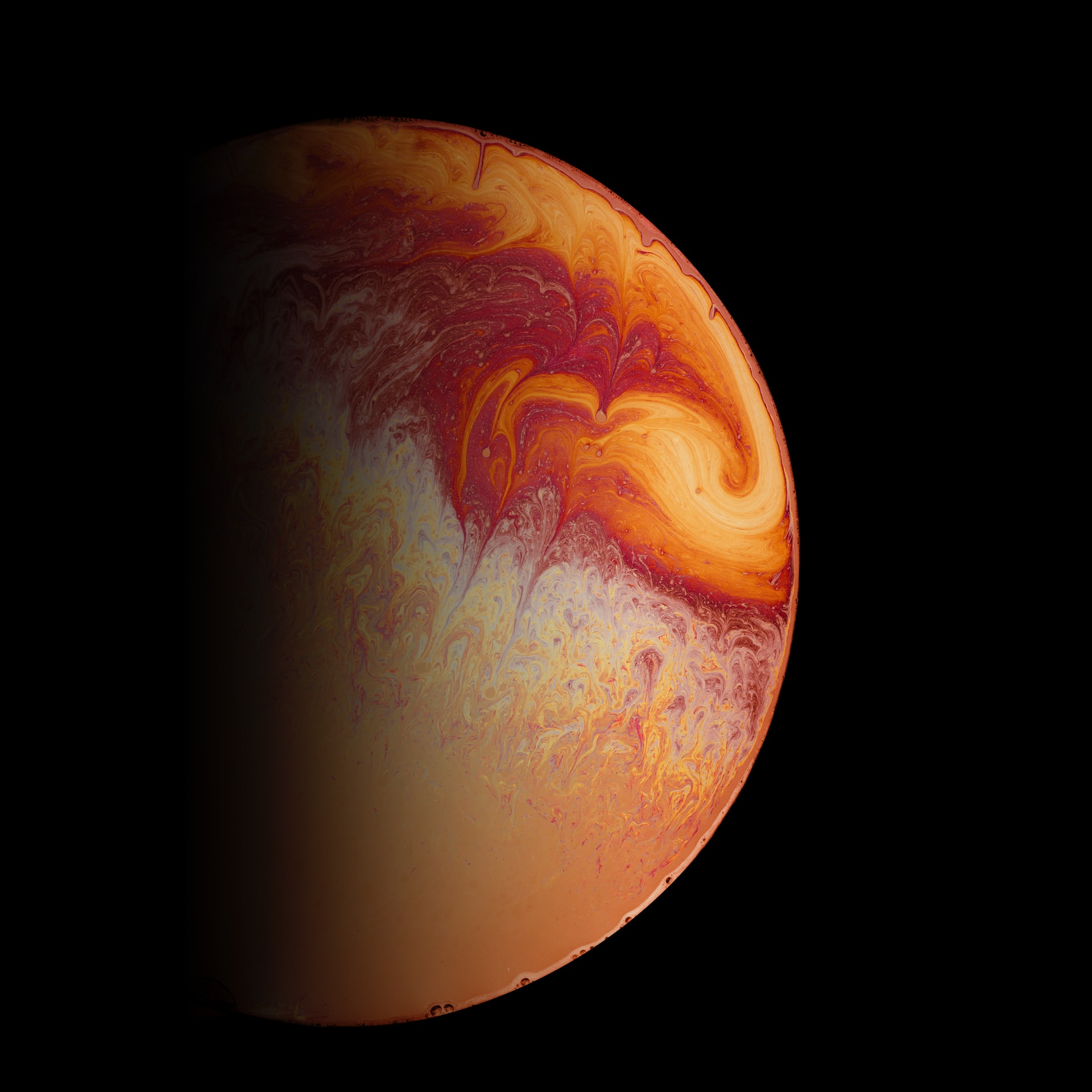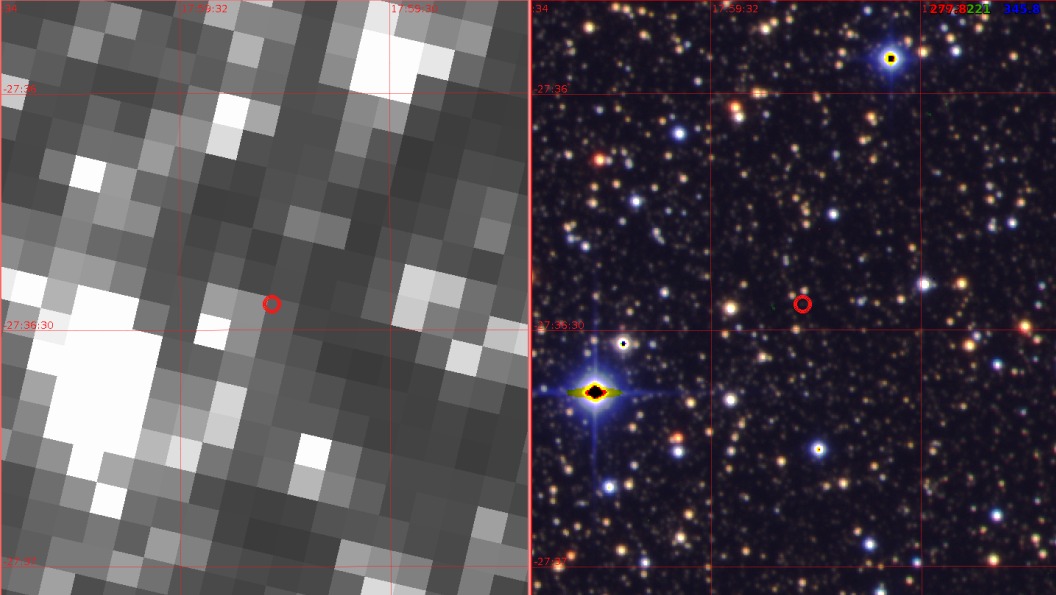Scientists have discovered an exoplanet with characteristics distinctly similar to Jupiter. The planet was found when checking old data collected by NASA’s Kepler space telescope. It is noteworthy that the old telescope made an observation using gravitational microlensing — for the first time for a space observatory.

The study available on arXiv describes the exoplanet K2-2016-BLG-0005Lb. It has the same mass as Jupiter, and even rotates at the same distance from its parent star as our largest gas giant. The data collected by Kepler in 2016 was the key to the discovery of Jupiter’s twin.

Scientists say that K2-2016-BLG-0005Lb is the first microlensing exoplanet discovered from space data. Indeed, Kepler has managed to discover more than 2,700 confirmed exoplanets during its outstanding nine-year career (the mission ended in 2018). But this is the first time in the history of science that a telescope has been able to detect an extrasolar planet through a microlensing event. Kepler, which relied on the transit method to detect exoplanets, wasn’t really built for such observations.
What is gravitational microlensing?
Predicted by Albert Einstein, gravitational microlensing is a kind of cosmic magnifying glass that allows astronomers to see images of distant celestial objects. Otherwise, they would be hidden by foreground objects such as stars. Heavy objects cause light to be refracted at great distances. This allows astronomers to see the light from the star in the background from our point of view as the light bends around the object in the foreground.
“Planets enhance starlight only when they are almost perfectly aligned with the star in their background. Approximately only one out of 100 million stars in our galaxy has light noticeably distorted by the gravitational field of planets. And when distortions happen, they are very short, lasting from a few hours to a couple of days,” explains Eamonn Kerins, co-author of the study from the Kepler telescope team.
Exoplanet Detection
Astronomers were looking at Kepler data for 2016, in particular the 9th campaign of the Kepler K2 mission. The new search algorithm noticed five possible microlensing signals from the dataset. One of them, discovered near the galactic bulge, really turned out to be a “clear” microlensing event.
Five ground-based observatories simultaneously scanned the same place in space. Among them are the OGLE-IV Optical Gravitational Lensing Experiment, the CFHT, MOA-2 telescopes, the Korean Microlensing Telescope Network (KMTNet) and the United Kingdom Infrared Telescope (UKIRT). The data from these observatories were used to confirm the Kepler data and further determine the characteristics of the Jupiter-like planet.
K2-2016-BLG-0005Lb is located 17 thousand light years from Earth. It has almost the same mass as Jupiter and the same orbit in terms of the distance to the host star. This planet is “one of the closest relatives of Jupiter.”
Kepler’s successor
Kepler is no more. But its successor, NASA’s Nancy Grace Roman Space Telescope, which is scheduled to launch later this decade, is being built specifically to search for planets using microlensing. Scientists hope that the new telescope will reveal the planetary architecture of other star systems and the abundance of potentially habitable worlds in the Milky Way.
Follow us on Twitter to get the most interesting space news in time
https://twitter.com/ust_magazine
